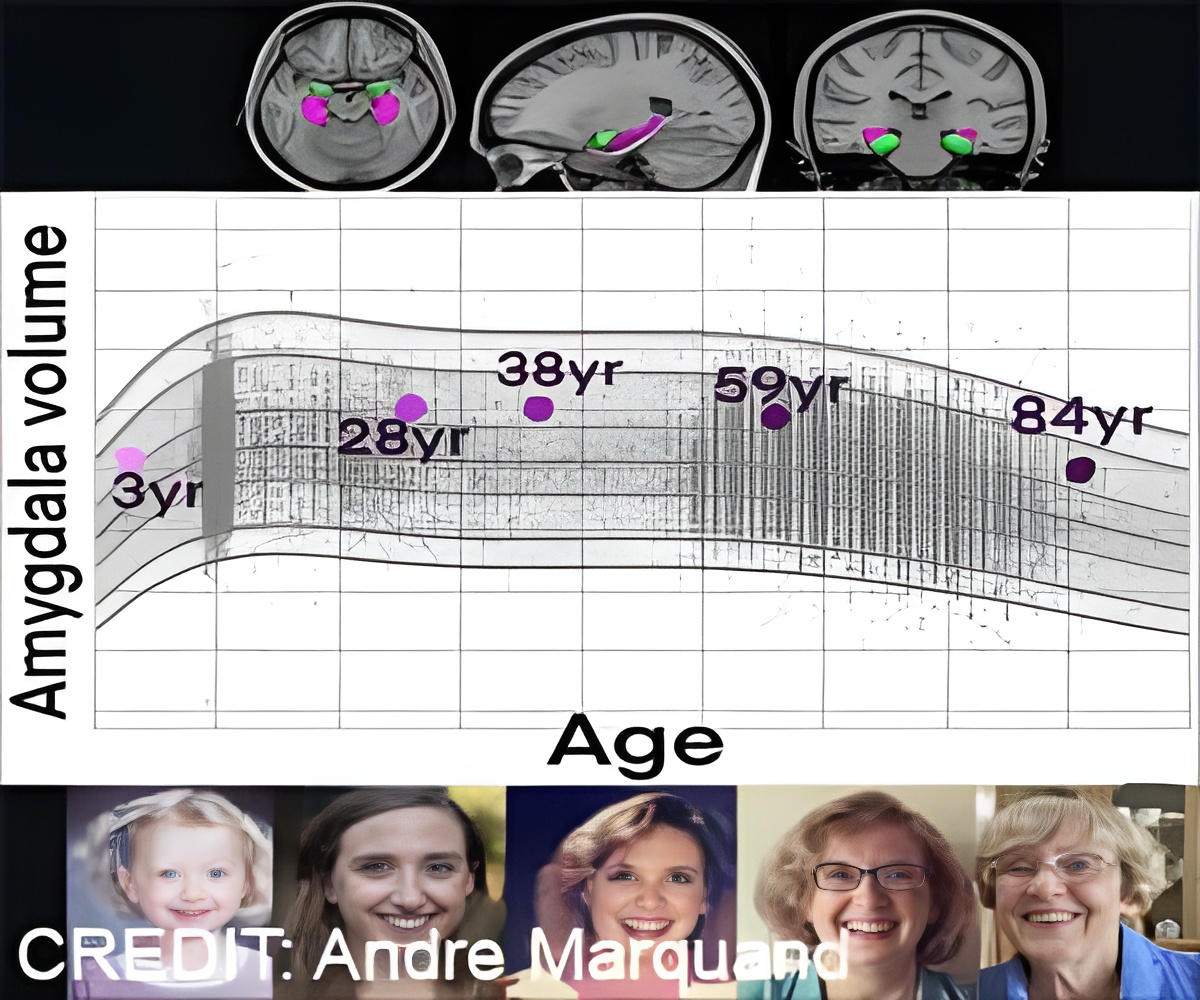
‘Growth charts can be used to detect alterations in brain structure, assess if a region in the brain is thicker or thinner, and can also be useful for stratification of mental disorders.’
Tweet it Now
“Nearly everybody is familiar with the growth charts used to measure child development, for example the growth charts developed by the World Health Organization,” says Andre Marquand, researcher at the department of cognitive neuroscience of Radboudumc. “These models are being used worldwide to assess the development of children, for instance by plotting body weight or height as a function of age. Pediatricians plot the development of an individual child against variation in the population provided by these growth charts, in order to detect, for example, developmental delay.”
The researchers now provide the same thing for the brain: a growth chart to assess brain development and aging, not only for children, but across the lifespan from ages 2 to 100.
“We have analyzed high resolution MRI images from nearly 60,000 people from around 80 MRI scanners all over the world,” explains Saige Rutherford, PhD candidate and first author. “We used measures of the volume of different brain structures or the thickness of the cerebral cortex at different ages and created growth charts for every brain region. In this way we created a fine-grained atlas of the human brain throughout life.”
Alterations in brain structure
Advertisement
These models have many uses: they can be helpful to detect alterations in brain structure that might indicate the emergence of a mental disorder at a very early stage. The models can assess if a region in the brain is thicker or thinner than it ought to be for an individual as compared to average for this life stage. But it is also useful for stratification of mental disorders. For example, finding commonalities between individuals that might describe different subtypes of disorders, or in the future to identify individuals that could respond to certain treatments. In addition, the model enables tracking of disease progression over time, and also monitoring the effect of a treatment.
Advertisement
A reference model for the brain like this has not been available before. The models and also the software to use them are made freely available online to the community.
“We use an established software pipeline called ‘Freesurfer’ to measure the volume and thickness of brain structures,” explains Marquand. “This pipeline is used by thousands of hospitals worldwide, so they can easily get the measures they need and use our software to determine how a group of their own patients or study participants can be placed within the population.”
In the near future, Marquand thinks the software could be of great use in clinical studies. “If you want to investigate a new medication against a certain brain-based condition, for example Alzheimer’s disease, you could use our software to identify subjects, with a particular profile, such as early stage degeneration. This could function like a ‘brain based fingerprint’ which could make research more efficient by making it easier to detect differences between groups of people. Eventually such tools might also be helpful in the clinic to target medications or interventions precisely to the people that need them.”
Source-Eurekalert














